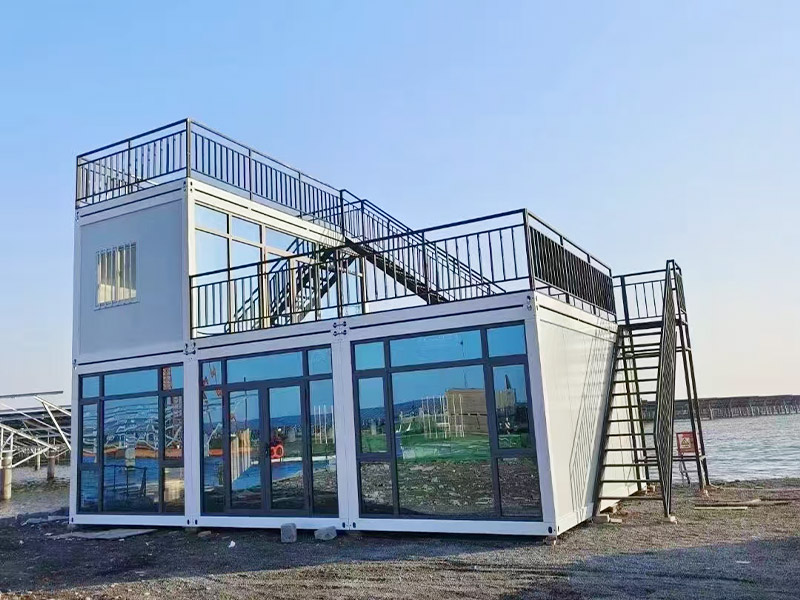As container modular homes become increasingly user-friendly, more and more construction sites are choosing them as office and living spaces. Due to the high adaptability of these modular homes, lighting and ventilation can be easily adjusted by creating and installing various necessary ventilation openings around the panels at any time.
What are the characteristics of container homes?
1. Standardized Sizes of Container Homes
The sizes of container homes are standardized. Since containers need to be transported by sea and land, their external dimensions are strictly limited. Objectively speaking, the construction of container homes is closely linked to the size of existing containers. Except for specially customized individual units, most container sizes are standard and uniform.
2. Structural Stability of Container Homes
Container homes have stable structures. The typical lifespan of containers used for transportation is 10–15 years. Once they are retired from transport use, undamaged containers typically last more than 15 years, and when well-maintained or used together with other structures such as concrete, they can last even longer.
3. Economic Efficiency of Container Homes
Container homes are widely used around the world. Containers can utilize existing transportation tools during transit, and during construction, they can be easily installed through modular assembly. They can even be built by owners through DIY methods. When relocation is needed, container homes can be easily dismantled and moved with minimal effort, reflecting their economic efficiency in terms of required manpower and materials.
4. Flexibility of Container Homes
Container homes are flexible. Compared to traditional construction methods, their advantage lies in the flexibility of construction: when upgrades are needed locally, they can be replaced with new units; when demolition is needed, they can be conveniently removed from one location and rebuilt at another.
